It is difficult to define postmodernism do I am going to be using different characteristics that will help me define this term.
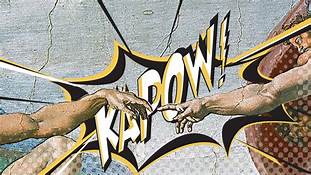
Postmodernism can be characterised as an artistic philosophy which is all about distrusting different theories and drawing attention to conventions. It is a region of any idea of objective truth.
It looks at recognising that everything is constructed, meaning that nothing is real, also telling us that we can have full control of it. It also recognises that we all see the world in different ways and have different ways of comprehending things (polysemy). Postmodernism is also playful, everything is a construct which means that you can play with signs, emotions, ideas and designs.
There is no objective truth
Postmodernism was discovered by Jean Francois Lyotard. He defined postmodernism as a ‘Condition’ in which the master narrates and claims universal truth is lost. For example, disrupt of universal theories of knowledge.
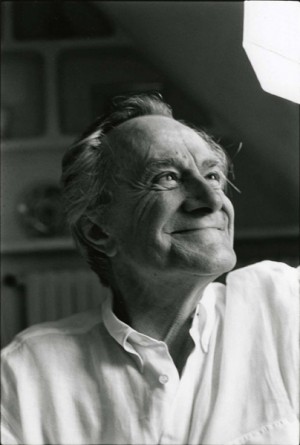
“incredulity towards meta-narrative”
Meta- narrative, which sometimes means grand narratives are large scale theories and philosophies of the world. For example, capitalism, Marxism, history, science, and the possibility of absolute freedom. In addition, one of these meta- narratives is a connect of the reality and truths. For example, good and evil, democracy, religion etc.
Everything is constructed
According to Jean Baudrillard we live in a world in which we are constantly bombarded with signs and information. He also wrote a book ‘Simulacra‘ and stimulation in 1985 to explain one of the key concepts of postmodernism. It talked about hat is real, what is a stimulation of the real.
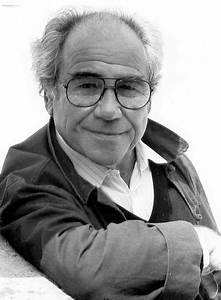
He also stated that the border between reality and representation has collapsed into what he calls ‘Simulacrum’. In other words, we do not actually experience the real world, but the world that we see in media texts. These signs become more real for us then the reality itself. Additionally, simulacrum can also be described as a copy without an original.
So, reality has been replaced by a hyper reality which we cannot distinguish
An example is Disney world ad’s which we see on TV, in the ad’s they make everything look so magical however it’s not that amazing in real life. Or how Photoshop is used to make people look unreal.
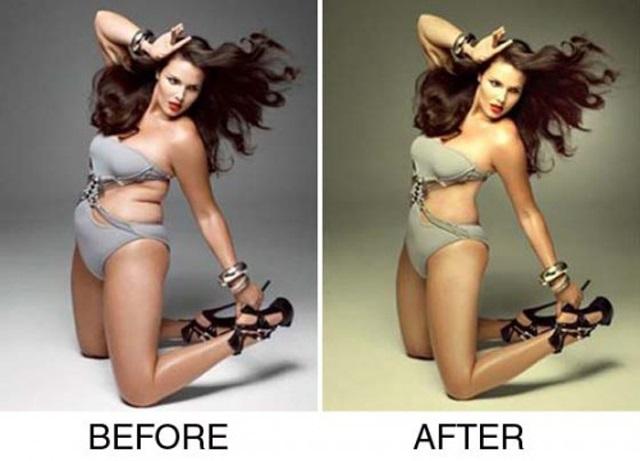
Mediation
It is when media takes something which is real and represents it in a way, understanding our reality through the mirror id media.
Postmodernism questions the representation of history and cultural identity; it seeks to challenge who and what is being represented. Also, who is representing this idea (who’s point of view).
Reflexive and self-constructiveness
This is a key component in postmodernism, the idea that nothing is true. Therefore, a lot of postmodern texts play with their own status as constructed texts. They play with their own conventions, boarders and realities and may even reference itself and its characters
Fragmentation and discontinuity
Because every text is constructed their boundaries and structure can be broken and redistributed. Story lines and characterisations are broken and distributed, which means that they do not follow the usual pattern. For example, the butterfly effect and the TV show Twin Pearls.
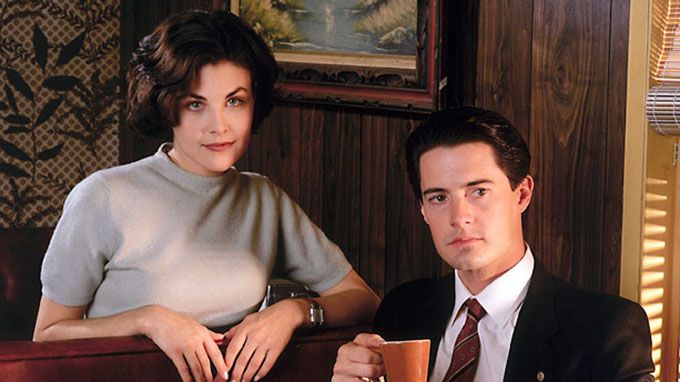
Pastiche
We are all familiar with the forms of mass cultures which are impossible to be original, conventions can be recycled from early texts which is also known as the ‘Cannibalisation’ of the past.
A pastiche is a copy of something such as a painting, TV show. They are copied to use as a tribute or a compliment to the original. A good example is Andy Warhol’s Mona Lisa, which has a more modern touch to it.
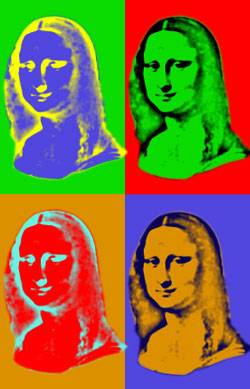
Another example are all the new Disney films which are created from the original stories but have a slightly different story and meaning to it.
Parody
Mikhail Bakhtin saw parody as a natural development in the cycle of any genres. A parody is a version of something but with comedy, which makes it fun to watch. For example, a parody of twilight where they over exaggerate how the vampires act around humans which makes it funny to watch.
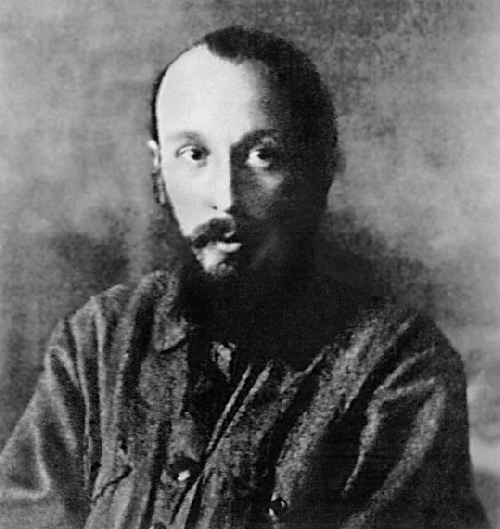
Irony
This is when a piece of art or literature is self-consciously doing the opposite of what it appears to be doing
Kitsch
Mass produced, tacky sentimental and cheap – for example lava lamps
Bricolage
Is when a smaller fragment is patched tighter to make a new piece of art or literature. For example, “I Love the ‘90s: Part Deux.” Bricolage takes something and transforms its meaning by linking it with other things to create new meanings from the old